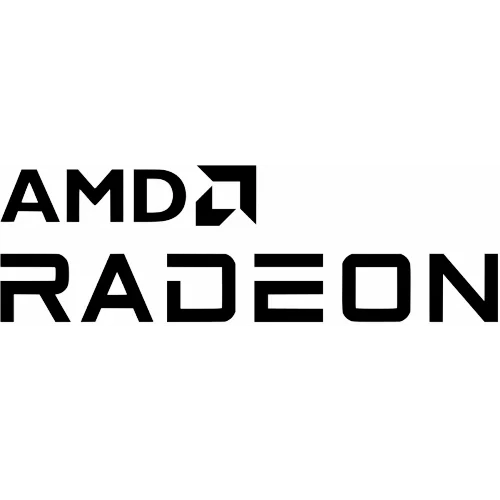Linux 4.17 To Enable AMDGPU DC By Default For All Supported GPUs

Building off the earlier DRM-Next material for Linux 4.17, Alex Deucher minutes ago sent in another round of feature updates for targeting this next kernel cycle. This latest batch has continued code refactoring around PowerPlay, support for fetching the video RAM type from the video BIOS, allowing the TTM memory manager to drop its backing store when not needed, DC bandwidth calculation updates, enabling DC backlight control for pre-DCE11 GPUs, various display code fixes, and other bug fixes.
But arguably most important is AMDGPU DC being enabled by default for pre-Vega hardware! The AMDGPU DC support goes back to include Polaris, Carrizo, Tonga, Bonaire, and Hawaii. All of those GPUs will see DC enabled by default come Linux 4.17. There isn't any written AMDGPU DC support for older GCN 1.0 era graphics processors so their display stack will be the same.
AMDGPU DC is what allows for atomic mode-setting support, HDMI/DP audio, will allow for open-source mainline FreeSync support, and other modern display features. Up to now on Linux 4.15 and 4.16, the amdgpu.dc=1 kernel command-line argument was needed for turning on the support.
The complete list of changes can be found here for this latest DRM-Next pull request. There may be some fallout out but overall AMDGPU DC is getting into shape with the latest DRM code.
85 Comments

